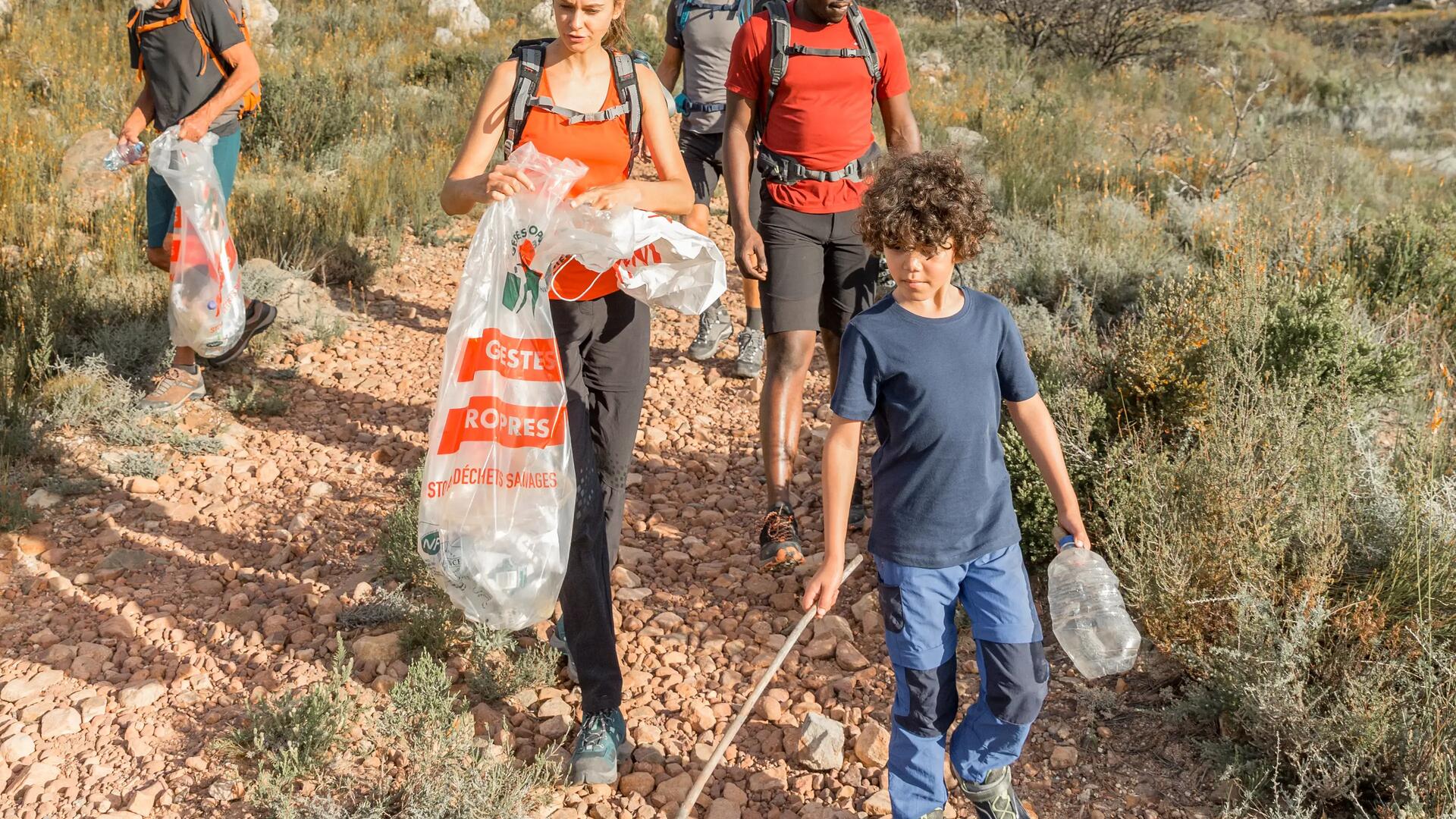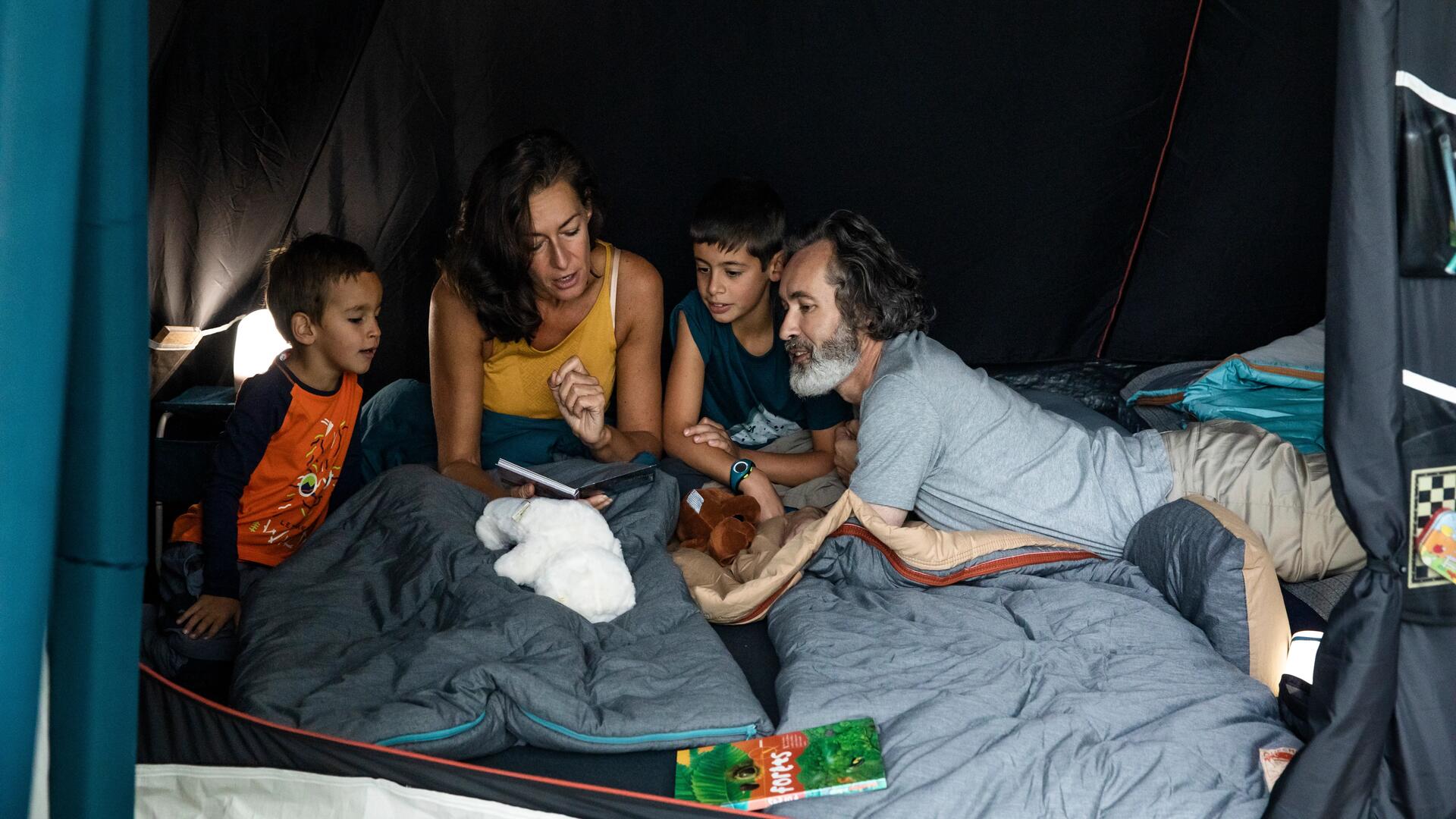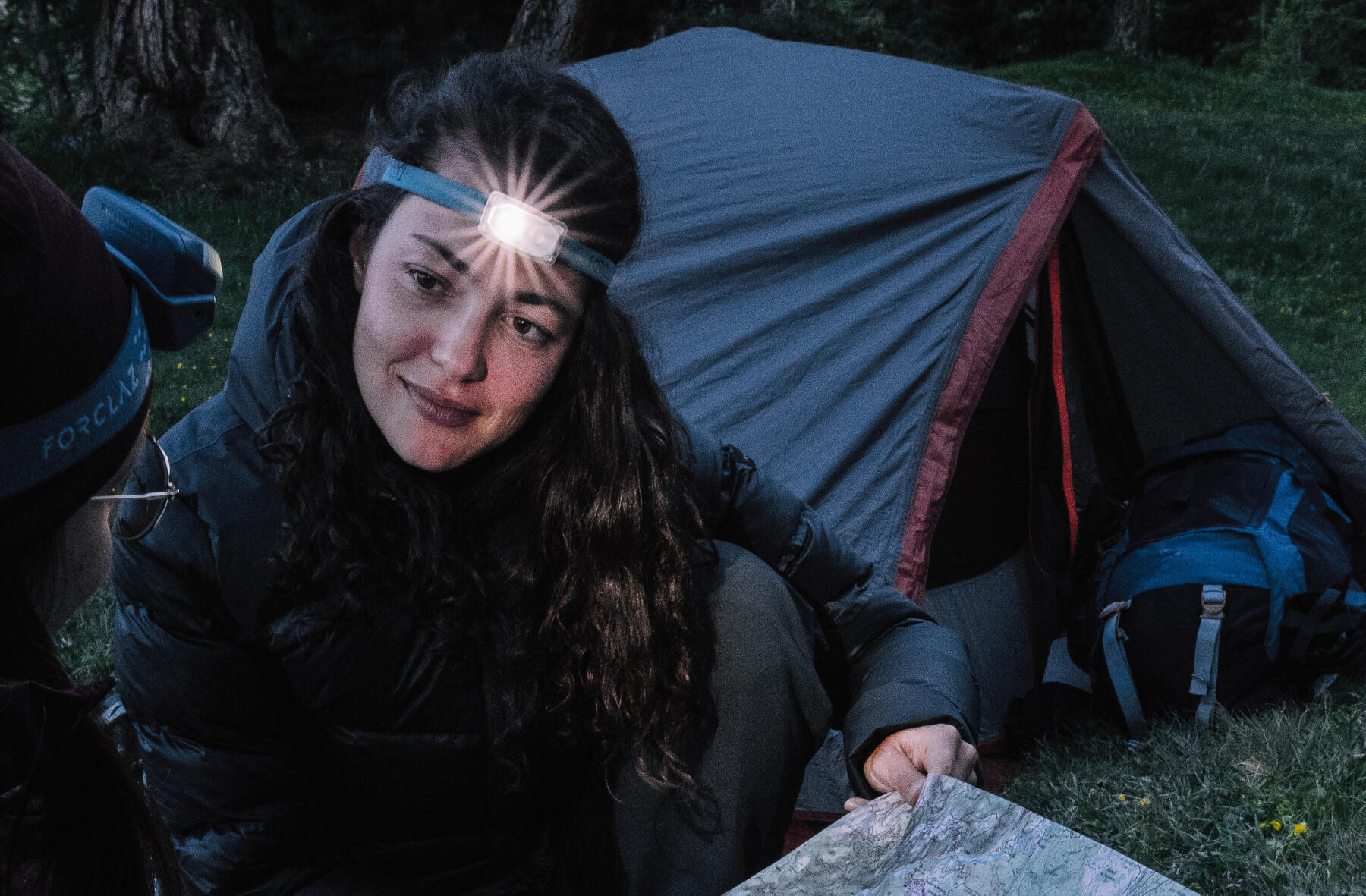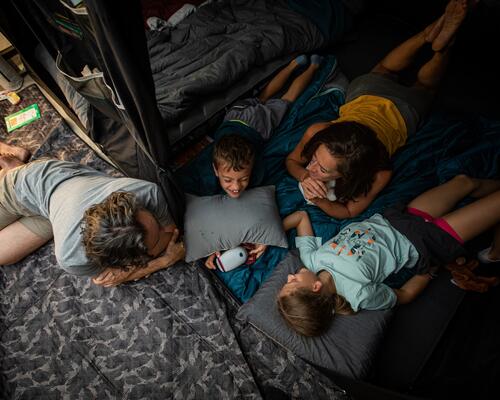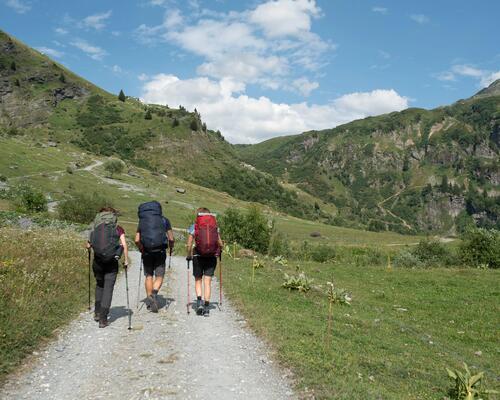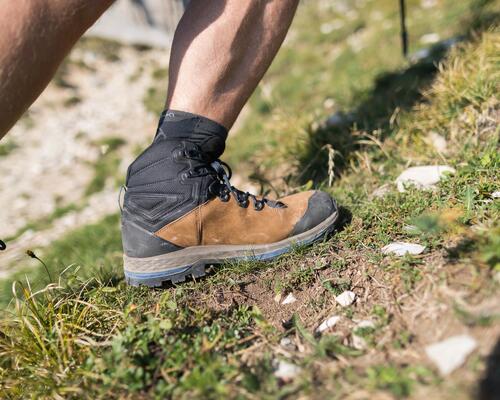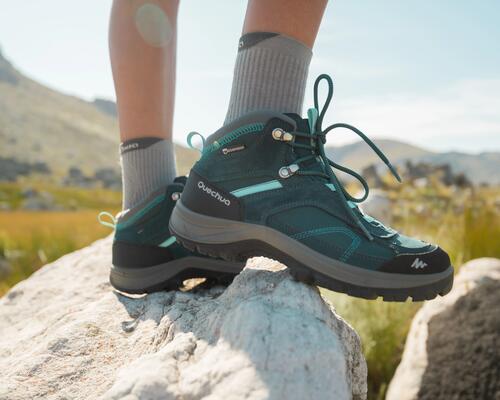○ Serviced campground
Serviced campsites have clearings where you can set up your tent. Each site includes a fire pit and a picnic table. Shared bathrooms (usually equipped with showers) are also accessible. Sometimes there’s a snack bar or convenience store nearby as well. Some campsites can even accommodate RVs. You generally need to park your car near the campsite and walk the rest of the way.
○ Ready-to-camp rental
Ready-to-camp locations are popular for glamping (short for "glamorous camping"), an ideal activity for people who want to enjoy nature without giving up their creature comforts. No need to buy any gear! Everything is provided: utensils, dishes, a coffee maker, a propane stove or barbecue, beds, a fire pit, chairs, etc. All you need to bring is your food! Ready-to-camp sites include tree houses, hybrid accommodations, hanging shelters, and yurts. The Sépaq network, Parks Canada, and provincial parks offer various turnkey options.
○ Long hike with overnight stays
Looking to rough it in nature? Setting out on a multi-day hike means you have to carry all your gear (tent, sleeping bag, clothes, food, stove, water filtration system, etc.) on your back until you reach a backcountry campsite or lean-to shelter. These areas usually include a picnic table, a dry toilet, and a fire pit. Staying in the backcountry comes with certain risks, as you are far from emergency services. However, if you’re feeling adventurous, there’s no better way to experience the great outdoors. Before embarking on your hike, make sure to give your itinerary to someone you trust so that others know where you will be.
○ Camping as a family
Camping requires planning and organization, especially if you’re travelling with children. To make your family outing a success, try to involve your kids as much as possible. They can help you choose your meals, snacks, and desserts, and plan outdoor activities. Getting your kids to assist with the planning will help build their excitement for the trip. Pack a board game or two to keep them entertained while you pitch the tent, or to give them something to do on a rainy day. You may even want to organize an afternoon scavenger hunt. In the evening, try to see the Big Dipper in the night sky, or look for shooting stars. Consider bringing headlamps for everyone; they’re not only practical, but also a fun tool for reading after dark. If rain is in the forecast, make sure to bring a change of clothes.

